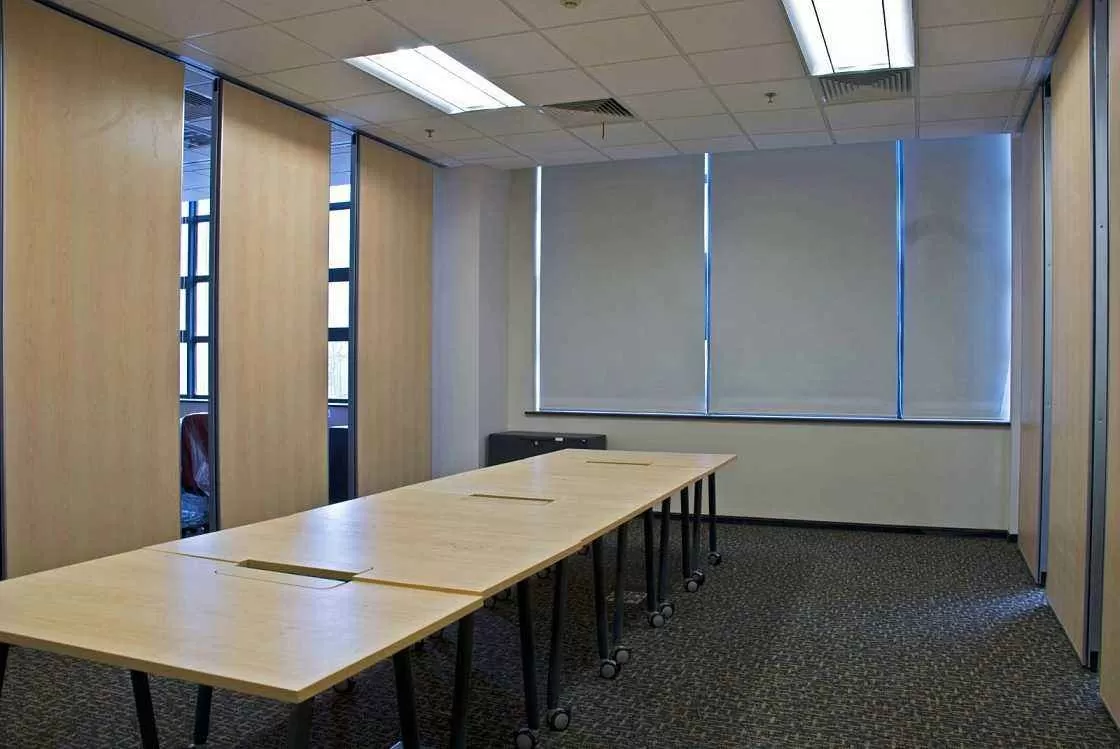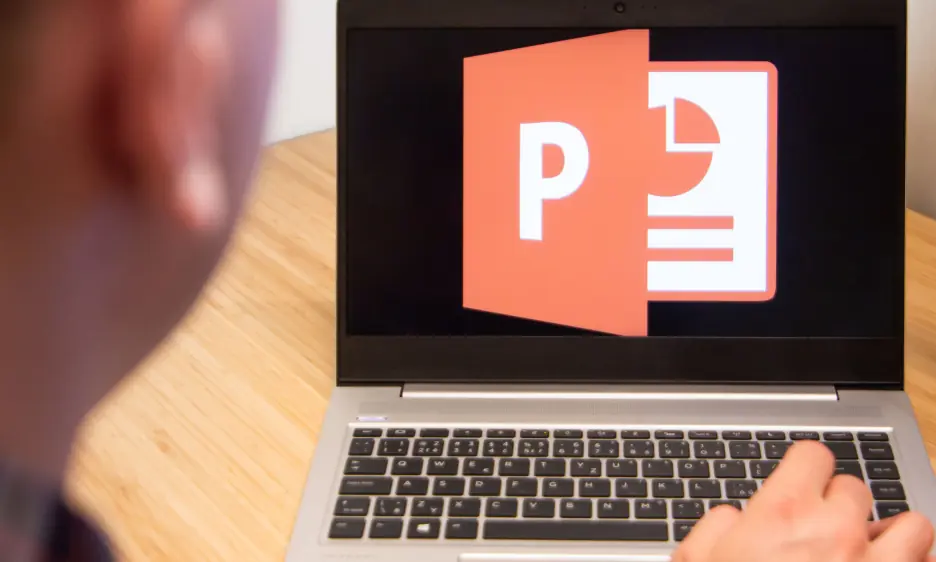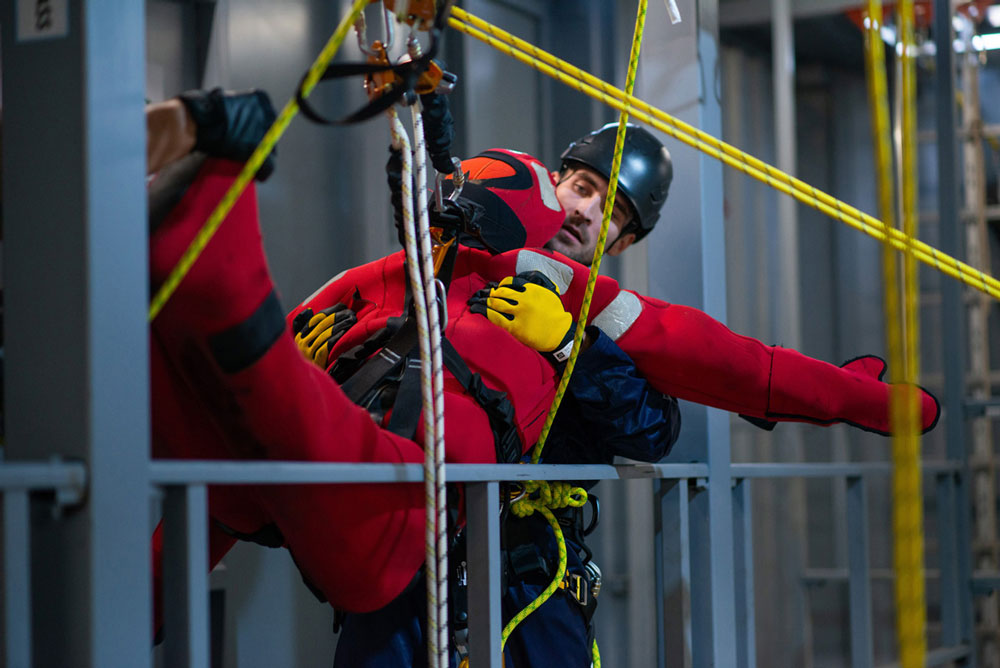Education is evolving quickly, with classrooms embracing new technologies and fresh approaches to learning. A creative video company London can play a vital role in this shift, helping teachers and institutions bring lessons to life through engaging visuals, storytelling, and interactive media. As schools adapt to the digital era, the use of video content is becoming not just a useful tool, but an essential part of modern teaching.
Why Video Matters in Education
Video offers a unique combination of sight, sound, and storytelling that engages learners more effectively than text alone. It allows complex subjects to be explained in a way that feels natural and easy to grasp. For younger pupils, animated sequences can make difficult concepts fun and relatable. For older students, documentary-style content can provide depth and context that a textbook simply cannot match.
The rise of blended learning—where digital resources complement traditional teaching—means that video is no longer a novelty but a necessity. Recorded lessons, educational films, and explainer videos give students the chance to learn at their own pace, revisiting material whenever they need extra support.
The Creative Edge
Creative video companies are different from standard production teams because they focus on imaginative storytelling and audience connection. In education, this means moving beyond plain lectures recorded on camera. Instead, lessons can be designed as mini-documentaries, interactive films, or short animated guides.
By applying creativity, these companies make learning more immersive. A science topic can be transformed into a visually engaging journey, while history lessons can be enhanced with re-enactments and narrative-led scenes. The role of creativity ensures students remain attentive and are more likely to retain information.
Supporting Teachers and Institutions
Modern classrooms face challenges such as limited time, large student groups, and varied learning styles. A creative video company can help teachers bridge these gaps by providing tailored video resources that address different needs. For example, visual learners benefit from infographics and animations, while auditory learners gain from clear voiceovers and storytelling.
Furthermore, schools and universities are increasingly using video to create training materials for staff, induction resources for new students, and awareness campaigns for parents. This allows the whole community to stay informed in a way that feels accessible and engaging.
The London Connection
London has become a hub for education and creative industries, making it a natural centre for video innovation in schools and universities. The city is home to diverse communities, international students, and forward-thinking institutions that are eager to embrace new teaching methods.
A creative video company in London can draw on this cultural variety to produce content that resonates with global audiences. From multicultural classrooms to international study programmes, video allows schools in the city to communicate effectively with students from many backgrounds. In addition, London’s position as a global creative capital means that educational institutions have access to cutting-edge production expertise without looking far.
Accessibility and Inclusivity
Video also plays a vital role in ensuring that education is inclusive. Subtitles, translations, and sign language interpretation can easily be added to video content, making learning more accessible to students with different needs. Recorded material also helps pupils who may miss classes due to illness or other commitments, ensuring that no one falls behind.
For international students, video can break language barriers by combining visuals with clear explanations. In this way, creative video companies not only support learning but also encourage equality in education.
Preparing for the Future
As technology continues to advance, the role of creative video in education will only grow. Interactive video lessons, virtual reality experiences, and AI-driven content are all emerging trends that will shape the classrooms of tomorrow. Schools that invest in these tools today will prepare students for a future where digital fluency is as important as academic knowledge.
Creative video companies bring the expertise required to design these innovative resources. They not only understand technical production but also the psychology of learning and the importance of engagement. This combination is what makes them valuable partners in modern education.
Conclusion
Education today is about more than books and lectures. It is about inspiring learners, connecting across cultures, and preparing young people for a digital future. Creative video companies are central to this mission, offering the tools and creativity to make education more engaging, inclusive, and effective.
In London and beyond, their role is growing as schools, colleges, and universities seek fresh ways to reach students. By blending creativity with technology, they are helping shape a new era of education that speaks to every learner, no matter where they are.





